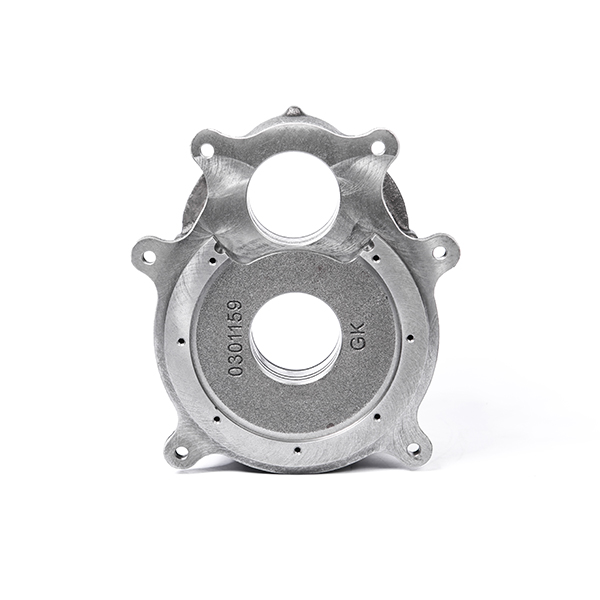Mobile:+86-311-808-126-83
Email:info@ydcastings.com
Welding Techniques and Considerations for Cast Steel Applications
Welding Cast Steel Techniques, Challenges, and Best Practices
Welding cast steel is a critical aspect of modern manufacturing and construction, as cast steel components are widely used in structural applications, automotive parts, machinery, and various heavy equipment. While cast steel shares many similar properties with wrought steel, its unique characteristics present specific challenges during the welding process. This article explores the techniques, challenges, and best practices associated with welding cast steel.
Understanding Cast Steel
Cast steel is an alloy of iron, carbon, and other elements that are melted, poured into a mold, and allowed to solidify. This process results in a material with excellent mechanical properties, including high strength, toughness, and the ability to resist deformation under heavy loads. However, the casting process also leads to certain imperfections, such as porosity, inclusions, and variable grain structures, which can complicate welding operations.
Common Welding Techniques for Cast Steel
Several welding techniques are commonly employed for welding cast steel, each with its unique advantages and applications
1. Arc Welding Conventional arc welding techniques, such as Shielded Metal Arc Welding (SMAW) and Gas Metal Arc Welding (GMAW), are frequently utilized for cast steel. The selection of the appropriate filler material and electrode is crucial, as these must match the properties of the base material to ensure sound welds.
2. TIG Welding Tungsten Inert Gas (TIG) welding is particularly useful for thinner cast steel sections or when precise control of heat input is required. The process provides a clean weld with minimal distortion, making it ideal for intricate or detailed work.
3. Submerged Arc Welding (SAW) For larger and thicker components, submerged arc welding is advantageous due to its deep penetration capabilities and high deposition rates, which can improve productivity.
4. Flux-Cored Arc Welding (FCAW) This method combines elements of GMAW and SMAW, offering versatility and the ability to work in various positions. FCAW is beneficial for welding outdoors or in less controlled environments.
Challenges in Welding Cast Steel
Despite the effectiveness of these welding techniques, several challenges need to be addressed when welding cast steel
welding cast steel

- Thermal Cracking The carbon content in cast steel can lead to the formation of hard, brittle zones adjacent to the weld known as heat-affected zones (HAZ). If the thermal stresses during cooling are too high, cracking may occur.
- Porosity and Inclusions Due to the casting process, cast steel can contain voids or gas pockets that may become more pronounced during welding. Proper cleaning and pre-weld inspection are essential to mitigate these issues.
- Distortion The heating and cooling cycles associated with welding can cause significant distortion in cast steel components. Effective clamping and fixture techniques are necessary to maintain dimensional accuracy.
Best Practices for Welding Cast Steel
To minimize the challenges associated with welding cast steel, several best practices should be adopted
1. Preheating Preheating the cast steel component before welding can help reduce thermal gradients and minimize the risk of cracking. The recommended preheat temperature varies depending on the specific alloy and thickness.
2. Choose the Right Filler Material Using a filler material that matches the mechanical properties of the base metal is crucial. Testing the filler materials prior to actual welding can help identify the best match.
3. Controlled Cooling Implementing controlled cooling methods post-weld can mitigate the risks of stress and cracking. Slow cooling in a furnace or using insulating blankets can be beneficial.
4. Proper Joint Design Designing weld joints with the appropriate bevels, gaps, and alignment can enhance weld quality and strength, reducing the likelihood of defects.
Conclusion
Welding cast steel is an essential skill in modern fabrication and manufacturing. By understanding the unique characteristics of cast steel and implementing proper techniques, challenges can be overcome. With the right practices in place, welding can produce strong, reliable joints that meet engineering requirements, making cast steel an invaluable material in various industries.
-
Why Should You Invest in Superior Pump Castings for Your Equipment?NewsJun.09,2025
-
Unlock Performance Potential with Stainless Impellers and Aluminum End CapsNewsJun.09,2025
-
Revolutionize Your Machinery with Superior Cast Iron and Aluminum ComponentsNewsJun.09,2025
-
Revolutionize Fluid Dynamics with Premium Pump ComponentsNewsJun.09,2025
-
Optimizing Industrial Systems with Essential Valve ComponentsNewsJun.09,2025
-
Elevate Grid Efficiency with High-Precision Power CastingsNewsJun.09,2025











